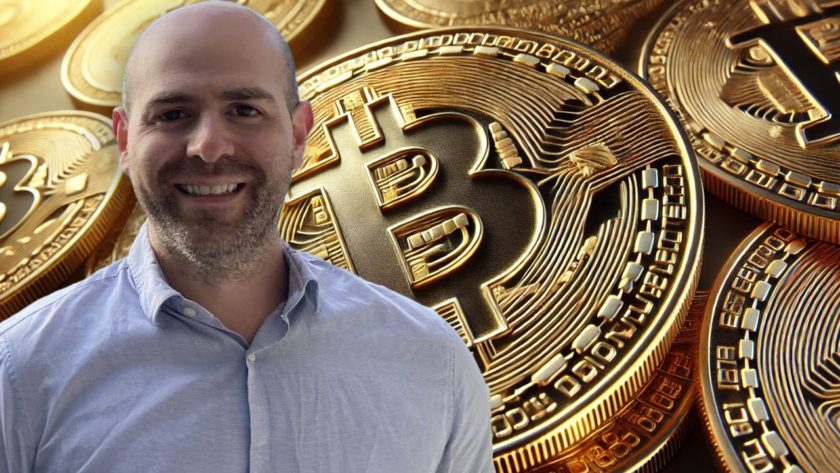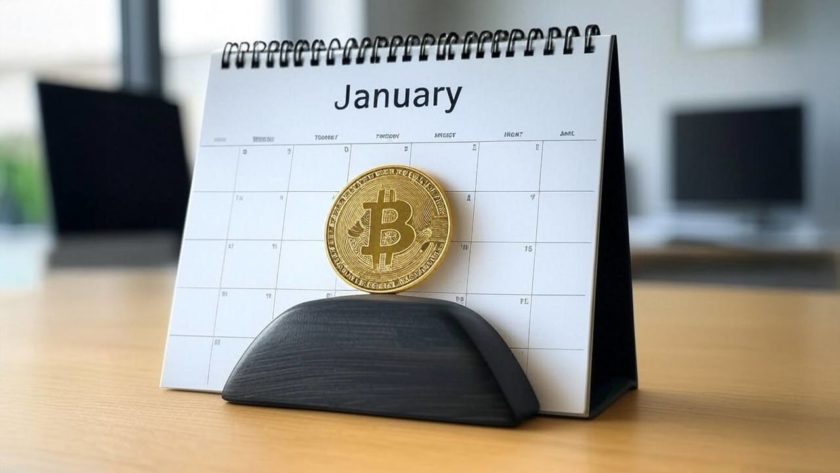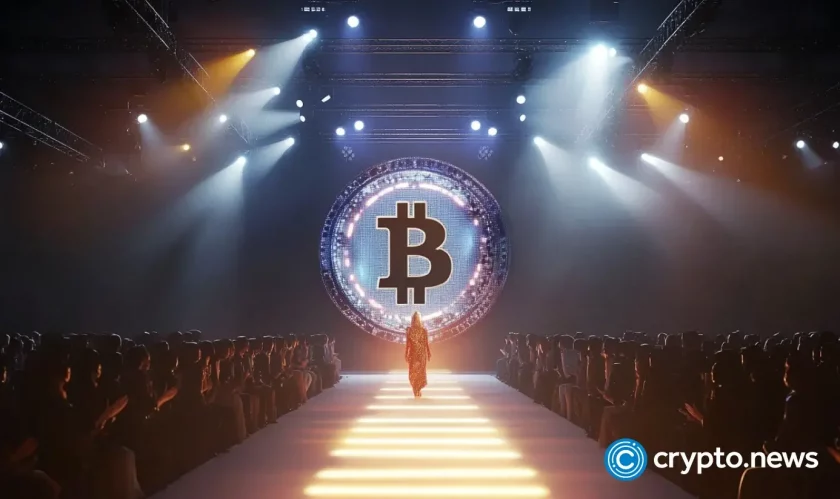An interview by Alyona Karpinskaya
Interviewing: Norbert Goffa
Q: For those who are not yet familiar with ILCOIN, please briefly introduce the project. What issue is this project meant to solve, and who are working on the technological developments?
A: ILCOIN essentially belongs to those cryptocurrencies that took Bitcoin as their foundation. Establishing a unique technology wasn’t the primary objective for a long time because there were relatively few projects on the market. This, however, changed with the rise of ERC20-based projects. This change also reached us in 2017, when SYDYG purchased ILCOIN’s source code and every related element in order to create a unique technology that is capable of implementing blockchain-based services, such as the Decentralized Cloud Blockchain (DCB).
In 2018, SYDYG was working hard toward creating a development team that is capable of achieving its unique goals. One tangible piece of evidence of this endeavor was the Command Chain Protocol (C2P). Of course, it is not only the merit and success of SYDYG, as independent developers also work on the project who are all interested in the success of ILCOIN. That’s why we use the term “ILCOIN Development team” on most media outlets and social media platforms, because it expresses the unity that characterizes ILCOIN.
Regarding our technology, we are much more than an alternative to BTC, as the solutions of both the Command Chain Protocol and the RIFT Protocol are based on a unique approach that is completely independent of BTC. Obviously, the SHA-256 base is the same, but this base is also only a part of our final concept, as we have already indicated on several forums and in our roadmap as well; we are building our smart contract system on Solidity. Consequently, it doesn’t take a rocket scientist to figure out that we have plans with Ethereum, too.
Q: You have mentioned the RIFT Protocol as one of the project’s most successful and unique developments. Could you please describe what exactly the RIFT Protocol is and what the difference is between RIFT and other 2-layer solutions?
A: It would be difficult to give a short answer, so if you don’t mind, I would like to approach this question from a different angle. Basically, there are no miracles if we think in terms of 2-layer solutions. Of course, you must solve the problem of scalability and synchronization, which is not an easy task. The reason why RIFT is outstanding is that it offers a solution where neither FIFO nor the bottleneck problem is an issue anymore. Needless to say, every functioning 2-layer solution should be able to solve these problems.
As for the other solutions in progress, they are more or less identical to RIFT, especially Ethereum 2.0, which aims to solve these problems using a similar approach RIFT does. We are especially happy about this because if your idea gets copied, it means that you are doing something right. We do hope that Ethereum’s developers will soon solve these problems so we can see the result of their many years of hard work in practice.
Q: According to the roadmap, you have made several developments. How can you achieve so many things in such a short time? How much has the situation caused by COVID-19 affected you and your goals?
A: The core development team is very active, and nothing shows this better than the year 2019. We made two forks in one year. Unfortunately, we also had a little slippage in time this year due to COVID-19, which negatively influenced our expectations. Thus, we were unable to work on the project with as much momentum and effort as we would have wanted to. We really hope that 2021 will be better because we have a lot to do with DCB. Of course, it does not mean that we have not been progressing in accordance with the roadmap this year; it’s just that our work has less visible results than it had in 2019. DCB is an elaborate system, and laying its foundation comes with many challenges. However, these challenges are obviously not visible for those who purchase ILCOIN on the exchanges.
What is very important is that we would definitely like to make VR games available to users by the end of the year. Fortunately, there are only operational obstacles to be overcome, as the game itself is ready to go. I hope that the administration will also be completed very soon, but these are, unfortunately, not up to us. For our part, all the conditions are given to launch the Age of ILCOIN VR game.
Q: You have mentioned DCB as one of the project’s most significant technology objectives. What should we know about DCB, and why does this development play a vital role in the ILCOIN Blockchain Project?
A: DCB is a complex project that is essentially about a new type of blockchain utilization. With the help of DCB, our possibilities have expanded, and we can now create projects that we have not had the opportunity to do so far. Therefore, I couldn’t sum up all the utilization opportunities that DCB will provide us. However, securely storing files, images, and videos on the blockchain will bring on several challenges for us.
Of course, the DCB project is not solely about how we can store data. What is much more important than that is how we can use data. This requires a well-functioning smart contract that is capable of meeting utilization needs. Consequently, I could say that DCB is nothing more than a smart contract system based on a new approach.
If we are able to create a system that is connected to Ethereum but still Bitcoin-based, then we have solved the problem of interoperability between these two technologies. ILCOIN is an SHA256 PoW-based system to which unique developments are connected. We are building DCB’s smart contract system on Solidity, which means that we are constructing a bridge between the two systems. So, I believe it’s now understandable why this is the most important objective of the project. With DCB, we are going to establish a real foundation for developing DeFi systems, which we believe is the basis for the long-term success of cryptocurrency utilization.
Q: You have also mentioned the importance of DeFi. What are your thoughts on the rapid increase in the number of DeFi projects? How do you think the cryptocurrency market will change due to the rising number of DeFi projects? Are you more of an optimist or a pessimist in this regard?
A: DeFi is exceptional, and this cannot be denied. If we have a look at the essence of Bitcoin created by Satoshi Nakamoto, you cannot say that DeFi would not be a worthy follower of Bitcoin’s concept. As usual, the problem can be found in the implementation area. Granted, the promises are quite attractive, and the possibility for a few projects to maximize profits is, in fact, real. There is nothing wrong with this as long as “bubble creation” doesn’t start to form, which will most assuredly result in a massive failure for those who had trust in the power of DeFi.
It can be seen that the project comes not only with advantages but disadvantages, as well. This, of course, should not be a problem if we can appropriately handle these issues. I find those opinions suggesting that the current DeFi solutions are the perfect ones for the crypto market to start flourishing a bit premature. I would rather say that DeFi is very good in theory, but the practical work has yet to show itself. Ethereum smart contracts are not perfect, and they might never be. The real question is what changes the upcoming period will bring to create secure and efficient DeFi projects.
To answer the question, I would say that I am an optimist regarding DeFi, but I am also realistic about the challenges that will be inevitable in order for this approach to bring about a major breakthrough in cryptocurrency utilization. Where I see the potential for the biggest breakthrough is in the relationship of the Bitcoin and Ethereum blockchain. A smart contract system should be created that aids safe interoperability between the two leading cryptocurrencies. Bitcoin’s power and the number of Ethereum users are the most substantial business opportunity in the cryptocurrency market, which no other project is able to compete with at the moment.
Q: What is your take on the role of decentralized exchanges? How do you see the future of trading? Do you think it is a possibility that we will eventually trade on nothing but decentralized exchanges?
A: I have expressed my opinion on decentralization numerous times over the past years. I have said it many times on behalf of me and the ILCOIN Development team that we believe the perception is very subjective and relative. You cannot talk about a decentralized market when exchanges’ operations are centralized, or when Bitcoin’s mining is dependent on the decision of a handful of whales, or when most of the technologies have a centralized basis, and so on. Obviously, the problem is not that the market works this way, but rather that people have the wrong perception and, therefore, many see the cryptocurrency market in a naive light.
As for me, I consider centralized solutions better until decentralized solutions do not have an adequate level of security. Of course, it does not imply that centralized solutions are all safe; it’s enough to have a look at the hacker attacks that have hit the exchanges over the past few years. It is also true that there is a possibility for compensation in the case of centralized exchanges, which is missing within a decentralized system due to the lack of objective responsibility.
Nevertheless, I believe in the spread and rise of decentralized exchanges. I do think the current solutions are not necessarily the best and most optimal, but with the development of smart contracts, these flaws and shortcomings can be overcome. Obviously, many will try to gain an advantage over decentralized exchanges, but hopefully, they will not succeed. As much as the human factor can be beneficial in a centralized system, it can be just as disadvantageous. Information can be easily misused, which cannot happen in a decentralized structure. I think as long as cryptocurrency trading does not get decentralized, it is unnecessary to worry about whether certain projects are centralized or not. If an exchange can freeze your token or coin based on subjective decisions, then you do not have a decentralized cryptocurrency.
Q: What do you think of the projects that have become one of the top 50 cryptocurrencies in just a few months thanks to DeFi? How difficult does DeFi make the development of unique projects, such as ILCOIN? Do you see any chance that this process will change?
A: Before I get into answering this question in detail, I think it would be worthwhile to clarify a few facts about DeFi. Every project that has been created on a DeFi basis is part of a whole against which one cannot and should not compete. If I was to make a DeFi token tomorrow, then I would automatically be added to exchanges, listing sites, wallets, etc. In other words, there are no associated listing/marketing costs, and I won’t need to spend time on implementation and wallet development. Therefore, if I look at cryptocurrency as a financial instrument, then operating a DeFi token would be the most rewarding option.
If we take a look at the cryptocurrencies listed on CoinMarketcap, we can see that even the well-known projects like Brave, Waves, or BitTorrent are not able to compete with DeFi tokens. Well, there is a logical explanation for this; they do not compete on equal terms in this competition. It’s enough to look at the development of Wrapped Bitcoin or Yearn.Finance. The former has even been able to find its stability, though not technology-wise, only in value. Put differently, it is not possible to compare DeFi projects with cryptocurrencies built on unique technologies. Unfortunately, unique projects have a disadvantage compared to DeFi projects, so I believe the best solution would be to get involved with DeFi rather than go against it. DeFi can offer excellent opportunities for everyone. Also, there is a lot of untapped potential in smart contracts. Those who are able to place cross-chain solutions to new grounds will have a high chance of achieving significant and permanent results in DeFi.
Q: How do you see the future of ILCOIN in this rapidly changing market? Do you see an opportunity for ILCOIN to get involved in the development of DeFi systems?
A: Of course I do. DCB itself is a DeFi-based system. As I have explained in the previous question, we are an SHA256 PoW-based system, but it does not imply that we would not be open to change. This is also evident from the fact that we decided last year that we would program our smart contract system on Solidity. Therefore, it is not difficult to figure out that DeFi is not so far from us; in fact, we have serious ideas about how to become an active part of the future of DeFi.
I believe that every project should be open to DeFi and DEXs, as these are the solutions that actually allow us to talk about actual decentralization. ILCOIN technologically possesses the fastest blockchain, thanks to the RIFT Protocol. Unfortunately, this capability is only valid within the ILCOIN system; this is why we are working on getting our innovations into the DeFi system because, by doing so, the value will multiply.
Moving back to the question itself; we already have specific plans, and the ILCOIN development team is already working on them, but I would like to refrain from revealing any details for now. All of our ideas will soon be made public to our followers. However, what we can tell you is that we are doing everything we can to make our friends with ILCOINs commercially interested in the successes that can be achieved through DeFi.
For more information about ILCoin, please visit: https://www.ILCoincrypto.com/
Facebook: https://www.facebook.com/ILCoinBlockchainsProject/
Telegram: https://t.me/ILCoinDevelopmentTeam/
About Alyona Karpinskaya: Founder of the PR-Blockchain agency, professional crypto journalist, and analyst, blockchain-evangelist and investor, a professional miner since 2015.




